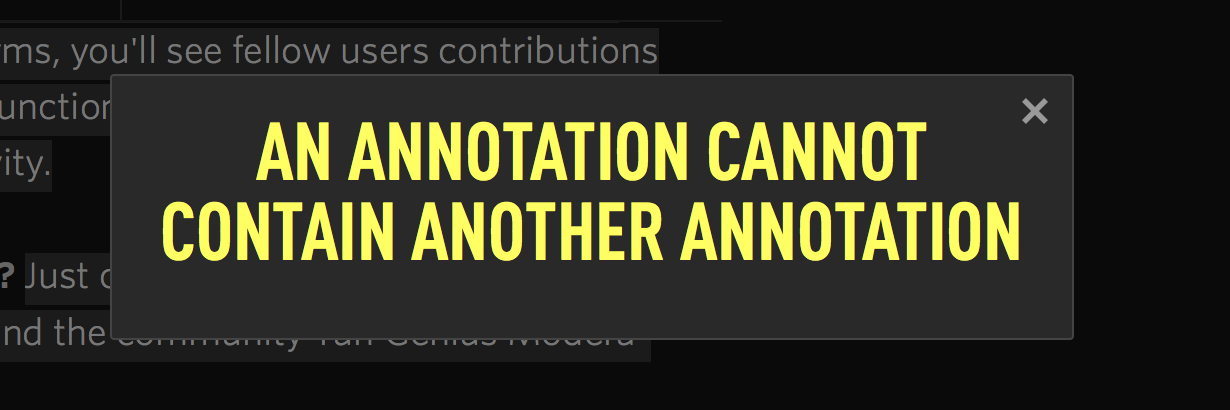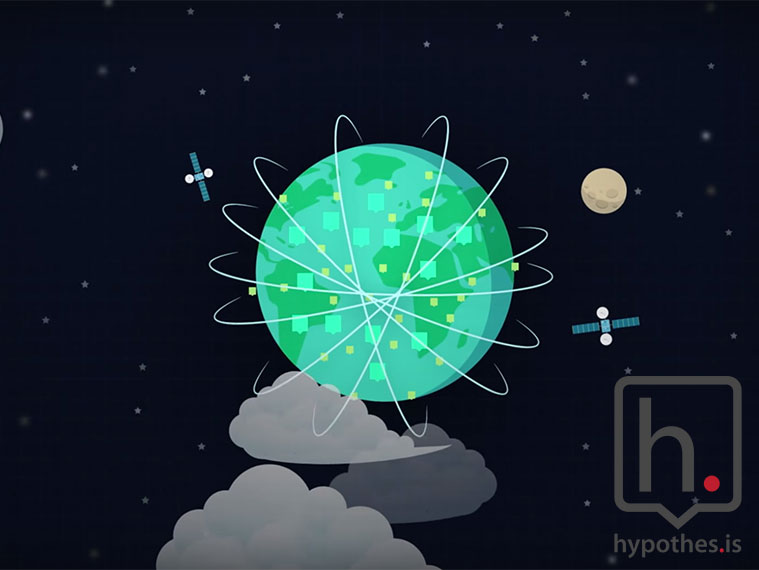In El Salvador, where abortion is completely outlawed, the government has advised women to simply not get pregnant until 2018.
The author exemplifies one country in Latin America how El Salvador takes emergency steps to deal with Zika virus. The government of El Salvador suggest women to delay their pregnancy until 2018. In my opinion, they show an irresponsible attitude about the current state of affairs. They should provide necessary information, education, and contraceptives for their nation to avoid pregnancy.




